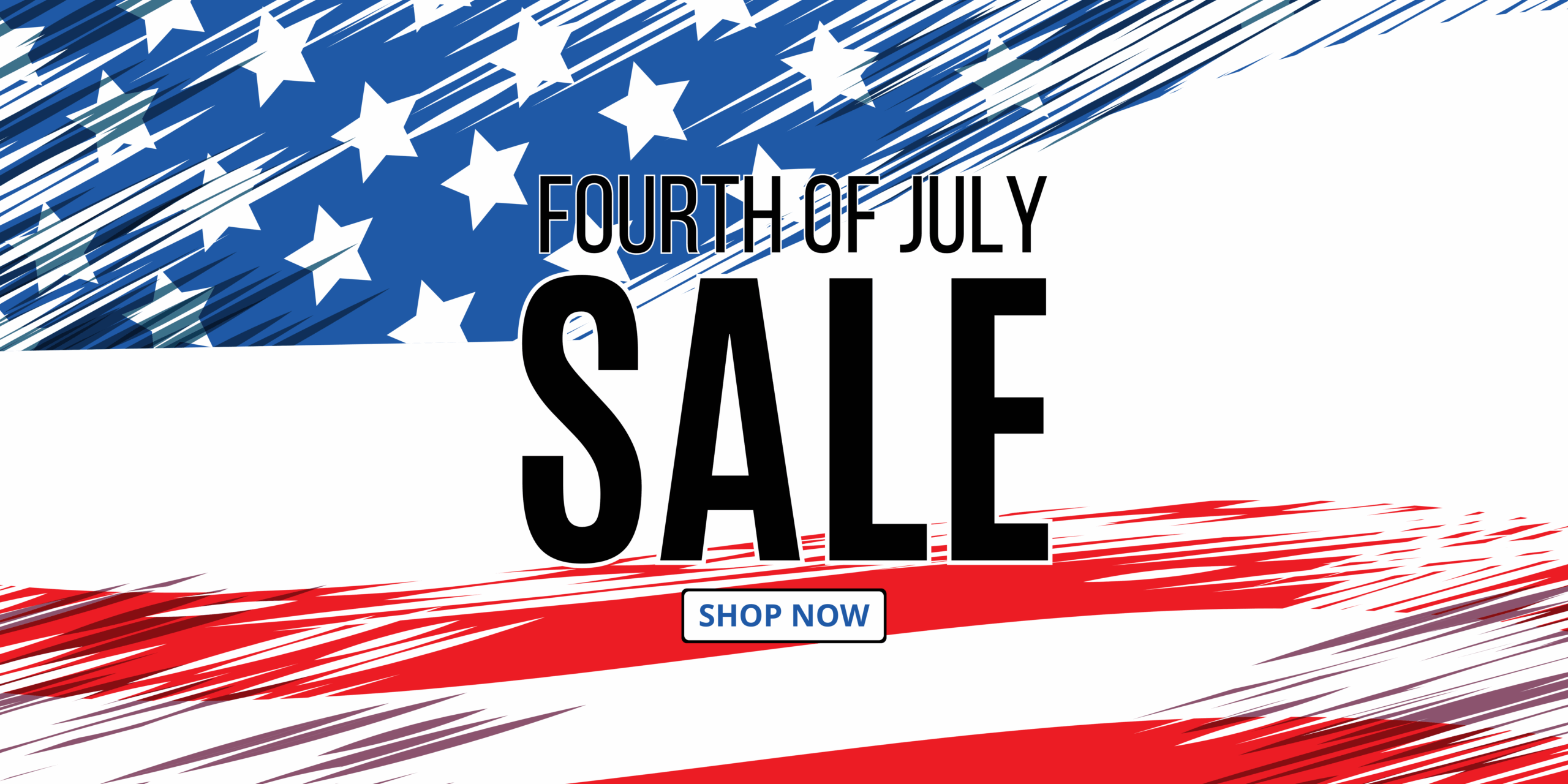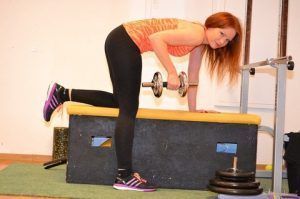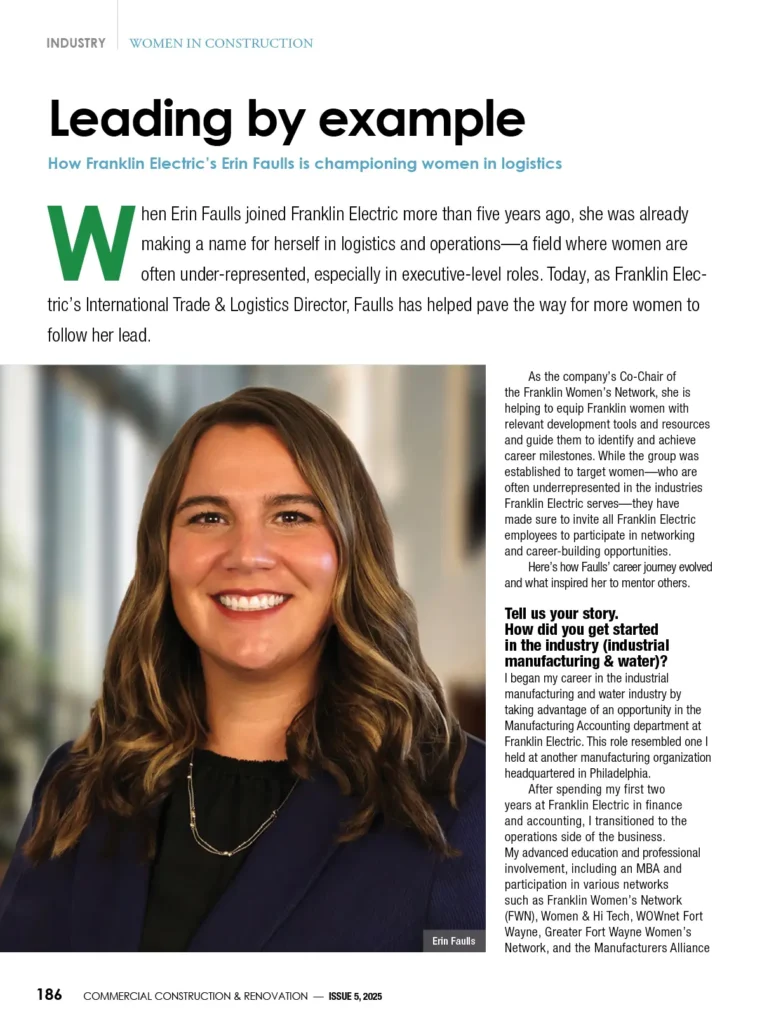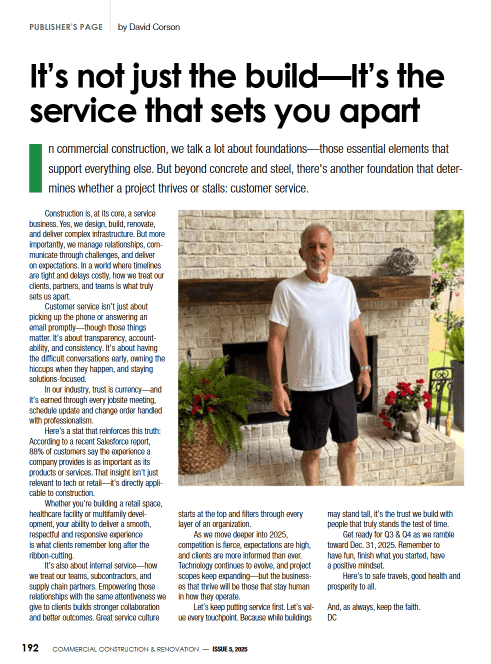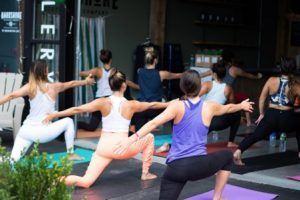
When it comes to working out, the most important thing is that you get it done. It doesn’t matter if it’s a few minutes once per week squeezed in between pumping breast milk and juggling work or an everyday ritual that comes before all other obligations as part of a mental health regime. Finding the time and space, and energy to workout comes first. However, there are several things that can make the act of exercising less difficult and more comfortable. One of those things is workout clothes. The following will point out some of the bigger factors you need to keep in mind when selecting clothes for working out.
Comfort Comes First
Unlike other types of clothing shopping, when we’re exercising, we need clothes that are comfortable. This means our workout clothes need to be the right size and stay where we want them for the duration of our workout. You want to avoid flailing things that can get caught or twisted in weights, yoga poses, or on things, you run past. Because workout clothing needs to stay in place, leggings like at https://evolvefitwear.com/womens-clothing/leggings, for example, are very popular. If you’re going to be upside down due to stretches, poses, or postures, you want shirts that aren’t going to fall down and leave you feeling exposed. You want something that holds your breasts in a comfortable position as well.
Comfort is also far more than how a piece of clothing feels on your skin. It’s also part of how a piece of clothing feels on your personality. If you’re uncomfortable with showing a lot of skin or your outline, there are countless options available for you. Don’t settle for something that makes you not want to be seen, as this will make it far less likely that you head out to the gym and actually work out. If you feel embarrassed or phony in a certain type of exercise gear—don’t wear that, wear something else.
Materials Matter
Secondarily, you want to consider the materials your workout clothing is made out of for a number of reasons. We tend to get warm and work up a bit of a sweat while we’re exercising, and this means that any material that feels breathable and keeps us cool is a big plus. Cotton is an excellent choice for those who are worried about the smell of their workout staying in their clothes (this being said, moisture tends to stay in cotton, so it can become heavy if you sweat an intense amount during your workout).
If we’re jogging in frigid temperatures or damp environments, we might want materials that keep the heat in and the moisture out. Beyond this, we tend to be a lot harder on our exercise clothes than our regular apparel, so it might be a good idea to seek out durability.
Typically, the above features are found in materials made out of or containing the following synthetic textiles:
- Polyester
- Nylon
- Acrylic
- Polyvinylchloride (sometimes called PVC or vinyl)
- Polyurethane
- Elastane (sometimes called spandex or lycra)
- Polypropylene
Suppose you’re one of those people who want to avoid plastics and synthetics (or for religious reasons, you need only one ingredient in your textiles). In that case, there are alternatives like bamboo fibers and Merino wool. Merino wool is far cooler than what we think of when we imagine wool. These options don’t have the same negative impacts on the environment from not degrading and don’t have the same carcinogenic and hormone-disrupting qualities as plastic-based materials. When we wash or heat (even with our body heat) plastic-synthetic clothing, microplastics are released into the water and our skin. That water is then drained out into the ecosystem contributing to the mass of hormone and cancer problems humans (and animals) are facing.
Do A “Squat Test”
Given that so many ideal workout clothing options are tightly fitting, you want to do a wee test to make sure that your clothes aren’t going sheer when you’re moving about and exercising. Tight fabrics still have lots of stretches, but some materials and colors become see-through if stretched too much. Avoid putting on a show for nosy neighbors by stretching when you try clothes on before buying. If you’re shopping online, do the squat test before removing the tags to allow you to exchange the item for a different size that keeps everything you want to be hidden out of sight.
Be Aware Of The Seasons
If you’re someone who does yoga out on the front porch or runs along the local trails, your workout clothing shopping is also going to include things that are season-appropriate. As the Danes say, there’s no such thing as bad weather, only bad outfits. If you’re freezing or overheating or drenched to the bone, you can bet that the discomfort will stick in your mind, and you’ll be far less likely to feel eager for your next workout. Light layers that can be tied around the waist when things get warmer or zipped uptight when things get colder can help a lot. If you live somewhere cool, consider a sleeved shirt or sweater with thumb holes. These might seem strange at first, but they keep the wind from rushing up your sleeves and making you chilly.
Don’t Forget The Socks!
Unless you’re doing yoga (which, if you are, that’s awesome, keep it up), you’re going to need to think about the socks that you wear. Taking care of your feet when you’re exercising is crucial, and our socks tend to be the first things that wear out when we workout often. There are even socks designed specifically for runners with padding in the heel and on the ball of the foot to help soften impact forces and prevent blisters. Toe socks are also incredibly helpful for those who get blisters often due to their workouts.
The above tips should help you navigate the endless options of workout clothing for women. Of course, at the end of the day, the goal is to get the workout done. Ditch anything that makes you less likely to hit the gym, yoga mat, or trail. Your long-term physical and mental health is far too important to be stopped by something like the wrong outfit.


